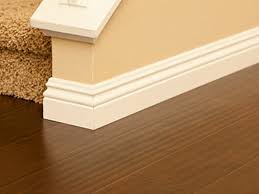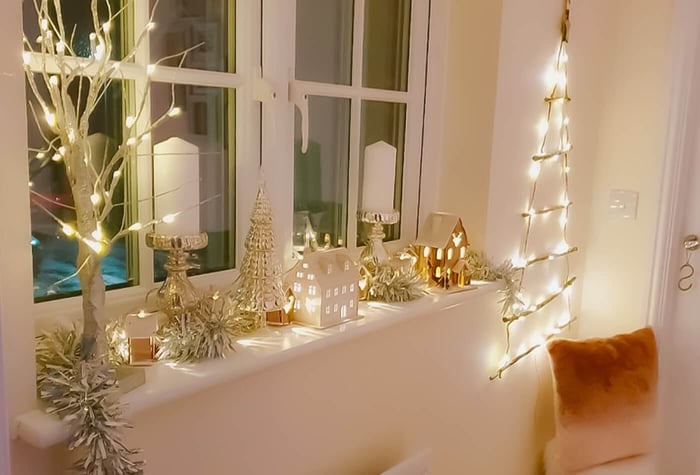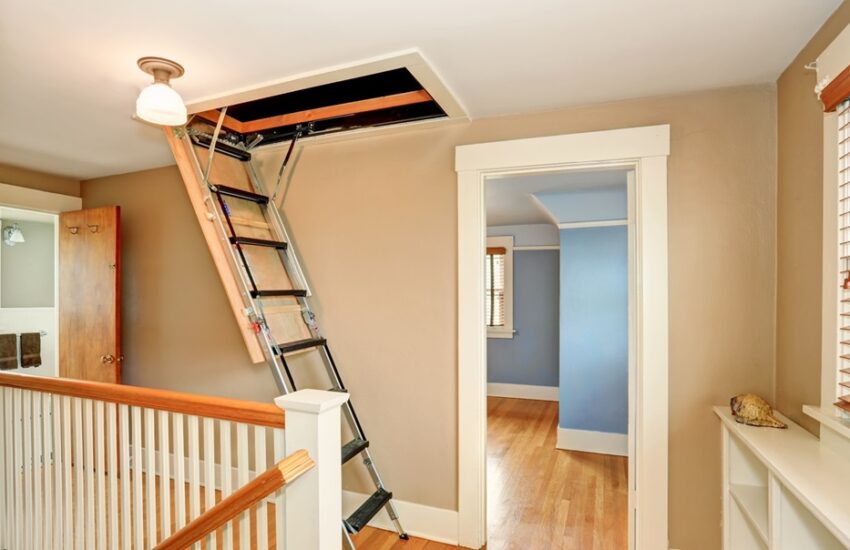Why Skirting Boards Are an Essential Feature in Both Modern and Classic Homes
Skirting boards are often overlooked in interior design, yet they play a crucial role in the overall aesthetics and functionality of a home. Running along the base of walls, skirting boards create a clean transition between the wall and the floor, protecting surfaces while enhancing the design of a room. Whether in modern or classic homes, the right skirting board can add sophistication, continuity, and durability, making it an essential feature in interior spaces.
Protecting Walls from Damage
One of the most practical purposes of skirting boards is to protect walls from everyday damage. Furniture, vacuum cleaners, and daily foot traffic can cause scuffs and scratches at wall bases. Skirting boards act as a buffer, preventing marks and prolonging the life of painted or wallpapered walls. In both contemporary and traditional interiors, this protective function preserves the appearance of the space and reduces maintenance needs over time.
Adding Architectural Interest
Skirting boards are not merely functional; they are also decorative elements that contribute to a room’s architectural character. In classic homes, detailed and ornate skirting boards complement period features such as crown molding and architraves, creating a cohesive and elegant look. In modern interiors, sleek, minimal profiles provide clean lines that reinforce a sense of simplicity and contemporary style. By choosing the right style, skirting boards can enhance the architectural theme of any home.
Creating Visual Continuity
Skirting boards help establish visual continuity throughout a house. They guide the eye along the base of walls, creating a cohesive flow between rooms. Matching skirting boards throughout different spaces unify the design, while subtle variations in height or profile can define zones in open-plan layouts. This continuity is important in both modern and classic homes, as it contributes to a sense of harmony and deliberate design.
Enhancing Perceived Room Proportions
The design and height of skirting boards can influence how a room feels. Taller skirting boards can make ceilings appear higher and spaces feel more grand and elegant, which works particularly well in older, classic homes with higher ceilings. Shorter or flush profiles suit contemporary interiors, maintaining minimalism while still providing definition. In either case, skirting boards enhance the perception of space, contributing to a balanced and well-proportioned interior.
Flexible Material and Finish Options
Skirting boards are available in a wide range of materials and finishes, allowing them to adapt to various design requirements. Timber offers warmth and traditional charm, MDF provides affordability and versatility, and composite materials can mimic classic textures while being durable and low-maintenance. Finishes can be painted to match walls or floors, stained to highlight natural grain, or left unpainted for a raw, contemporary look. This flexibility makes skirting boards suitable for any style of home.
Hiding Imperfections and Wiring
Beyond protection and aesthetics, skirting boards can also conceal imperfections along wall edges and even hide wiring or cables. This practical aspect is increasingly important in modern homes, where sleek design often requires that cords and wires remain out of sight. By incorporating this feature, skirting boards contribute to a clean, uncluttered look without compromising functionality.
Boosting Property Appeal
Skirting boards can enhance the perceived quality and value of a property. Well-chosen and professionally installed skirting boards reflect attention to detail, improving overall interior aesthetics. In both modern and traditional homes, they signal a sense of craftsmanship and care, which can appeal to potential buyers or visitors.
Conclusion
Skirting boards are much more than simple wall trims. They protect walls, enhance design, create continuity, and even influence the perception of space. From ornate profiles in classic homes to sleek, minimalist designs in modern interiors, they remain an essential feature in any home. Paying attention to this often-overlooked detail ensures that a space is both functional and visually refined, adding lasting value and style to your interiors.




